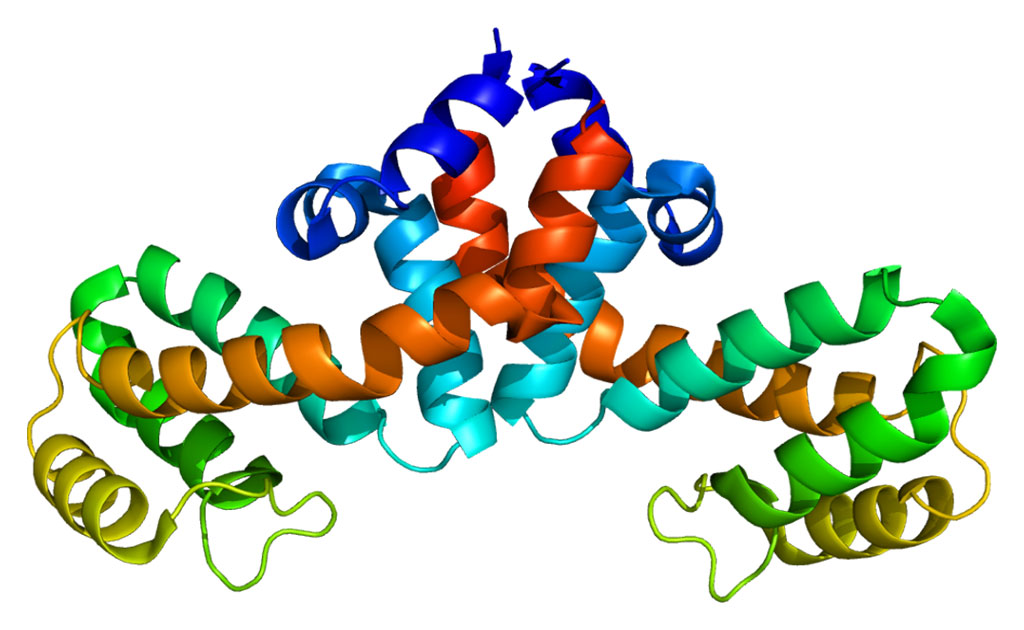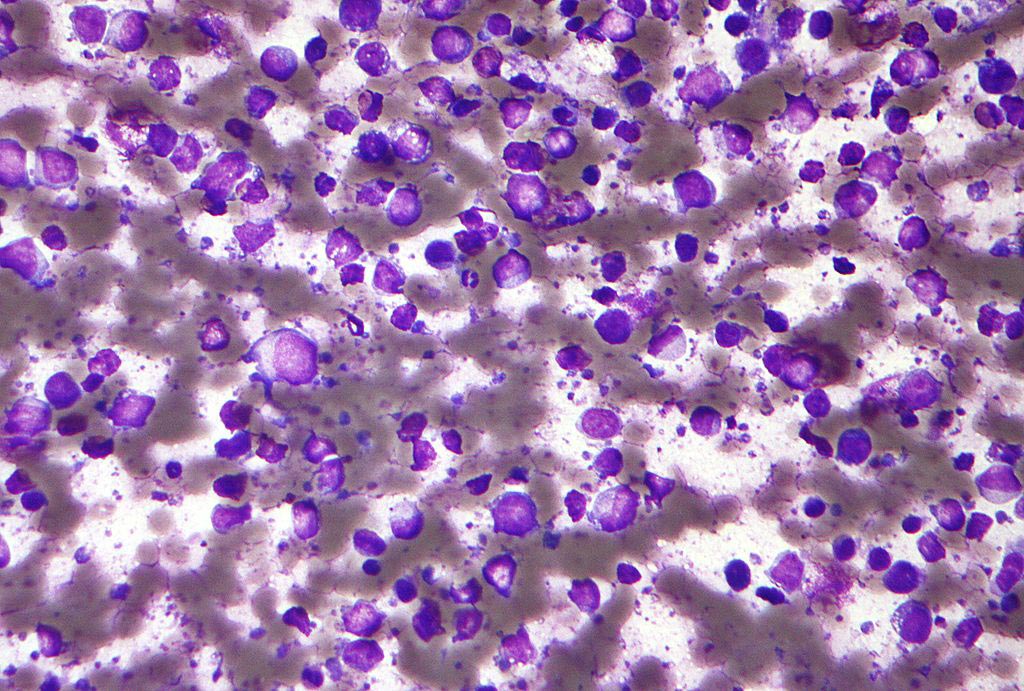Protein Family May Help in Cancer Therapy
By LabMedica International staff writers
Posted on 19 Aug 2013
British researchers have discovered the key role played by a group of proteins in the process of mitosis. Figuring out how to regulate them may give scientists a way to kill cancerous cells.Posted on 19 Aug 2013
The study, published by investigators from Warwick Medical School (Coventry, UK) on August 5, 2013, in the Journal of Cell Biology, emphasized the role of a newly identified team of proteins, TACC3-ch-TOG-clathrin, in forming inter-microtubule bridges that stabilize the kinetochore fibers (K-fibers) used in mitosis. When a cell divides, it generates a mitotic spindle that then makes sure that the chromosomes are divided equally between the two new cells. Failure to do so effectively can lead to complications; those cells with either too few or too many chromosomes are at risk of becoming cancerous.
To achieve this, the mitotic spindle uses K-fibers to allow for chromosome traveling around the cell. These fibers are made up of even smaller microtubules, bundled together by what may be termed “bridges,” which is where the team of proteins comes in. Clathrin is a protein that is involved in the process of membrane operating in interphase cells, but it changes roles during mitosis and localizes to the mitotic spindle where it works with TACC3 and ch-TOG to form these bridges. When TACC3 is taken from the cell, the clathrin is no longer able to bind the microtubules. Other bridges do exist but they only represent approximately 40% of the total so the microtubules, and as a result the mitotic spindle, are considerably feebler. By developing technology to rapidly remove the team of proteins, the researchers have been able to determine that removing TACC3 allows the scientists to force the cells to die.
Prof. Royle explained, “That sounds like a negative—the idea of a cell dying. However it’s vital to remember that most adult cells are no longer dividing and what we are suggesting is being able to shut down mitosis in those that are multiplying.”
There are other functions tied to cell division that would need to be taken into account, such as repairing damage, but Dr. Royle confidently believes that this is still a significant move forward in destroying cancerous cells. He added, “Though it isn’t yet capable of being fully targeted to kill only cancerous cells, neither are the current treatments. Existing drugs like taxanes, for example, do not discriminate between cancerous cells and normal cells. Hopefully the next development will allow us to use a greater understanding of how this team of proteins can be used in a more clinical environment.”
Related Links:
Warwick Medical School














